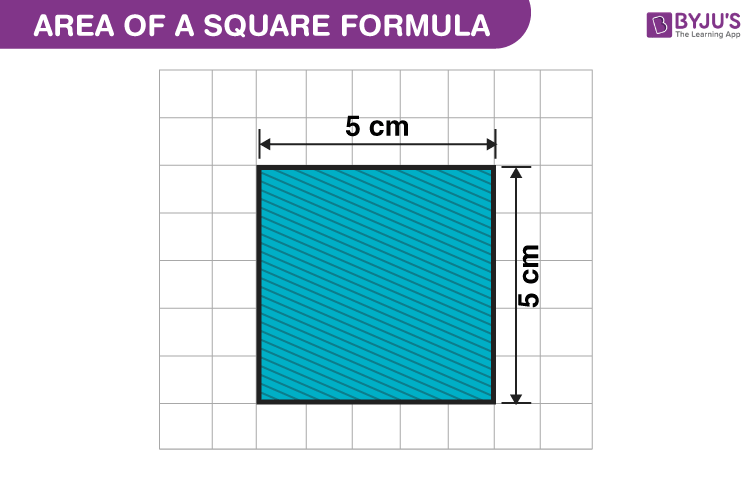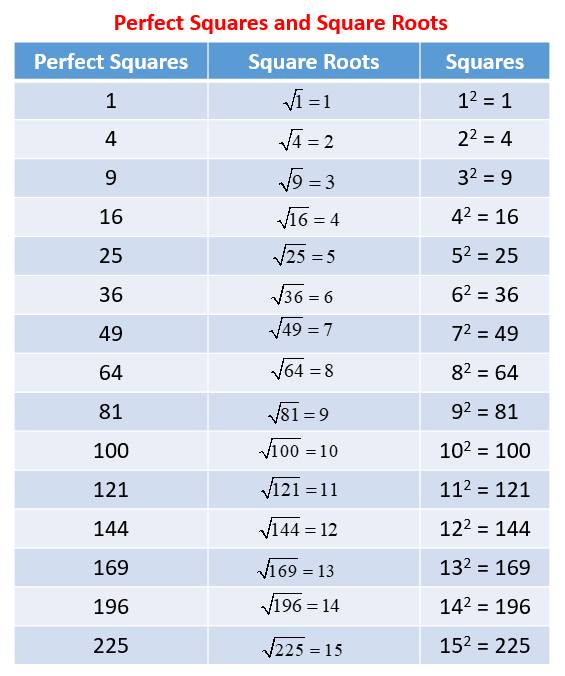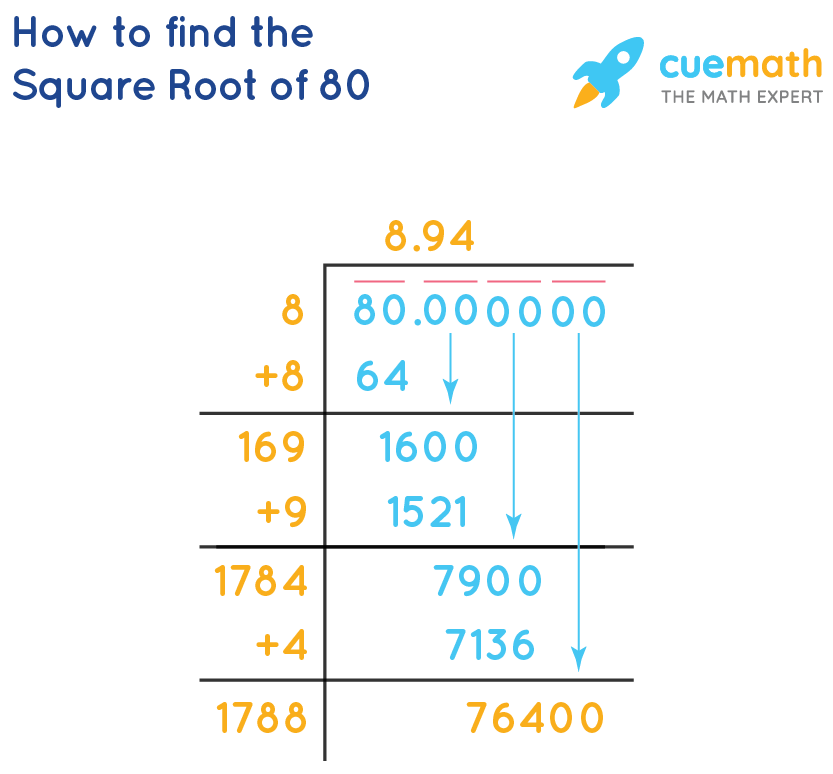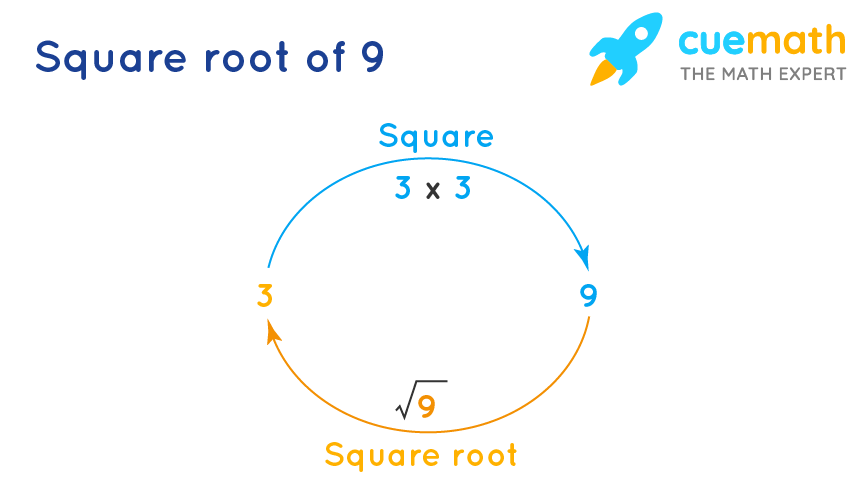Topic what is the formula of perimeter of square: Discover the key to understanding geometry with our in-depth exploration of the formula for the perimeter of a square. This guide demystifies the concept, offering practical examples and clear explanations to illuminate this fundamental mathematical principle.
Table of Content
- What is the formula for finding the perimeter of a square?
- Definition and Formula of Perimeter of a Square
- Derivation of the Perimeter Formula
- Calculating Perimeter with Given Side Length
- Finding Side Length from Perimeter
- YOUTUBE: How to Find the Perimeter of a Square
- Calculating Perimeter from Area
- Practical Applications and Examples
- Frequently Asked Questions (FAQs)
What is the formula for finding the perimeter of a square?
The formula for finding the perimeter of a square is straightforward. A square has four equal sides, so to find the perimeter, you simply need to multiply the length of one side by 4.
- Let\'s say the length of one side of the square is s.
- To find the perimeter, you would multiply the length of one side by 4, so the formula is:
| Perimeter = | 4s |
For example, if the length of one side of a square is 5 cm:
- Perimeter = 4 * 5 cm = 20 cm
So, the perimeter of the square would be 20 cm.
READ MORE:
Definition and Formula of Perimeter of a Square
The perimeter of a square, a fundamental concept in geometry, refers to the total length around the boundary of the square. It encapsulates the entire distance along the square\"s edge. A square, known for its equal sides, makes the calculation of its perimeter straightforward. Mathematically, the perimeter of a square (P) is the sum of all its four sides.
Formula to calculate the perimeter of a square: P = 4 × side, where \"side\" denotes the length of one of the square\"s sides. This formula is derived from the fact that all four sides of a square are equal in length. For instance, if each side of a square is 5 cm, then its perimeter would be calculated as 4 × 5 cm = 20 cm.
- Example 1: For a square with each side measuring 7 units, the perimeter would be 4 × 7 = 28 units.
- Example 2: If a square has an area of 16 square cm, its perimeter can be found using the formula P = 4 × √Area. Thus, P = 4 × √16 = 4 × 4 = 16 cm.
- Example 3: If the perimeter of a square is given, such as 56 cm, the length of one side can be determined as Perimeter ÷ 4, equating to 56 cm ÷ 4 = 14 cm.
This formula is not just theoretical but has practical applications in various fields such as architecture, design, and day-to-day activities like fencing a garden or framing a picture.

Derivation of the Perimeter Formula
The derivation of the perimeter formula for a square begins with understanding the properties of a square. A square is a special type of rectangle where all four sides are equal in length. To find the perimeter, which is the total distance around the square, we simply add up the lengths of all four sides.
In the case of a square, since each side is equal, the perimeter can be calculated as follows:
- Let the length of each side of the square be represented as \"s\".
- Since there are four sides in a square and each side is of equal length, the perimeter (P) is 4 times the length of one side.
- Therefore, the formula for the perimeter of a square is derived as P = s + s + s + s = 4s.
This formula allows us to calculate the perimeter when the length of one side is known. Even if the side length is not directly given, it can be deduced from other given parameters like the area or the diagonal of the square, using their respective formulas, and then substituted into the perimeter formula.
For example:
- If the area of a square is known, the side length can be found using the formula s = √Area. Substituting this value in the perimeter formula gives P = 4√Area.
- If the diagonal of a square is known, the side length can be calculated since the diagonal (d) of a square is s√2. Rearranging this gives s = d/√2, which can then be used in the perimeter formula.
Understanding this derivation provides clarity on how the properties of a square contribute to its perimeter and demonstrates the interconnectedness of various geometric concepts.

Calculating Perimeter with Given Side Length
Calculating the perimeter of a square is straightforward when the length of one of its sides is known. The perimeter (P) of a square is the total length of its boundary and can be calculated using the formula P = 4 × side, where \"side\" represents the length of one side of the square.
Here\"s a step-by-step approach:
- Identify the length of one side of the square. This value is typically given or can be measured.
- Apply the formula for the perimeter of a square: P = 4 × side. Multiply the length of the side by 4 since a square has four equal sides.
- The resulting product is the perimeter of the square. Ensure the units are consistent (e.g., if the side is in cm, the perimeter will also be in cm).
Examples:
- If a square has a side length of 10 cm, its perimeter is calculated as 4 × 10 cm = 40 cm.
- For a square with a side of 7 cm, the perimeter would be 4 × 7 cm = 28 cm.
- A square with a side measuring 15 meters would have a perimeter of 4 × 15 m = 60 m.
This method of calculating the perimeter is useful in various practical scenarios, such as determining the amount of material needed to border a square garden or the length of fencing required for a square-shaped field.

Finding Side Length from Perimeter
To find the side length of a square from its perimeter, we utilize the basic relationship between the side length and perimeter of a square. The formula for the perimeter of a square is P = 4 × side, where \"P\" is the perimeter and \"side\" is the length of one of the square\"s sides.
Here\"s the step-by-step process:
- Determine the perimeter of the square. This information is usually provided or measured.
- Recall that the perimeter of a square is four times the length of one side. The formula can be rearranged to find the side length: side = P/4.
- Divide the given perimeter by 4 to find the length of one side of the square.
Examples:
- If the perimeter of a square is 40 cm, its side length is calculated as 40 cm ÷ 4 = 10 cm.
- For a square with a perimeter of 56 cm, the side length would be 56 cm ÷ 4 = 14 cm.
- In a case where the square\"s perimeter is 3200 meters, like a park path, the side length is 3200 m ÷ 4 = 800 m.
This calculation is useful in various real-life situations, such as construction and design, where knowing the dimensions of square-shaped objects is necessary.

_HOOK_
How to Find the Perimeter of a Square
\"Discover the fascinating world of perimeter as we uncover its importance in various shapes and structures. Join us as we explore how to calculate perimeter and unlock the secrets behind this intriguing mathematical concept!\"
What is the Perimeter of a Square and How to Calculate it?
\"Unlock the power of numbers as we delve into the art of calculation. Don\'t miss this opportunity to improve your math skills and learn the tricks and techniques to calculate with ease. Join us on this exciting journey and become a calculation master!\"
Calculating Perimeter from Area
Calculating the perimeter of a square from its area involves a few mathematical steps. Since the area of a square is given by the formula Area = side × side, we can rearrange this formula to find the side length when the area is known.
Here\"s the step-by-step process:
- Start with the formula for the area of a square: Area = side².
- To find the side length, take the square root of the area: side = √Area.
- Once the side length is known, use the formula for the perimeter of a square (P = 4 × side) to find the perimeter.
Examples:
- If the area of a square is 144 square meters, first find the side length: side = √144 = 12 meters. Then, calculate the perimeter: 4 × 12 m = 48 meters.
- For a square with an area of 81 square feet, the side length is √81 = 9 feet. Therefore, the perimeter is 4 × 9 ft = 36 feet.
This method is particularly useful in situations where the area of a square-shaped space is known, and the perimeter or the boundary length needs to be determined, such as in landscaping or fencing projects.
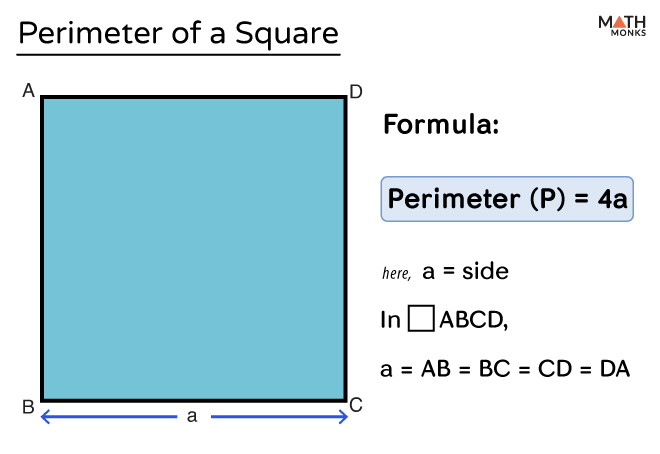
Practical Applications and Examples
The formula for the perimeter of a square is not only a key concept in geometry but also has various practical applications in everyday life. Understanding this formula helps in numerous real-world situations.
- Construction and Architecture: In construction, knowing the perimeter of square-shaped areas is crucial for determining the amount of materials needed, such as fencing a yard or laying out the foundation of a building.
- Art and Craft: In art, the concept is used for framing pictures or canvases. For example, if a picture has a side length of 7 cm, the frame required would be the perimeter of the picture, which is 4 times the side, equaling 28 cm.
- Landscaping: The perimeter formula is used in gardening and landscaping to calculate the length of borders or the amount of material needed to enclose a square garden.
- Education and Learning: In educational settings, this formula is a fundamental concept taught in mathematics, enhancing spatial awareness and problem-solving skills.
- Sports: Understanding square perimeters can be useful in sports, for example, in planning the layout of a square playing field or court.
These examples illustrate the wide range of uses for the perimeter of a square formula, making it a valuable tool in many fields and daily activities.

READ MORE:
Frequently Asked Questions (FAQs)
- What is the Perimeter of a Square in Math?
- The perimeter of a square in math is the total distance around its boundary. It is calculated as the sum of all its sides, represented as P = 4 × side.
- How is the Perimeter of a Square Calculated?
- To calculate the perimeter of a square, multiply the length of one of its sides by 4. This is because all sides of a square are equal in length.
- What is the Difference Between Perimeter and Area of a Square?
- Perimeter is a one-dimensional measure representing the total length of the boundary of a square, while the area is a two-dimensional measure representing the space occupied within the square. Perimeter is expressed in linear units, and the area is expressed in square units.
- How to Find the Side Length of a Square from its Perimeter?
- The side length of a square can be found by dividing its perimeter by 4, as the perimeter of a square is equal to four times its side length.
- Can the Perimeter of a Square be Calculated if the Area is Known?
- Yes, first find the side length by taking the square root of the area (since Area = side²), and then calculate the perimeter as 4 times the side length.
Understanding the formula for the perimeter of a square reveals a world of geometry that\"s both practical and fascinating. From construction to crafting, this simple yet powerful formula opens doors to endless possibilities, enhancing our everyday life with mathematical beauty.

